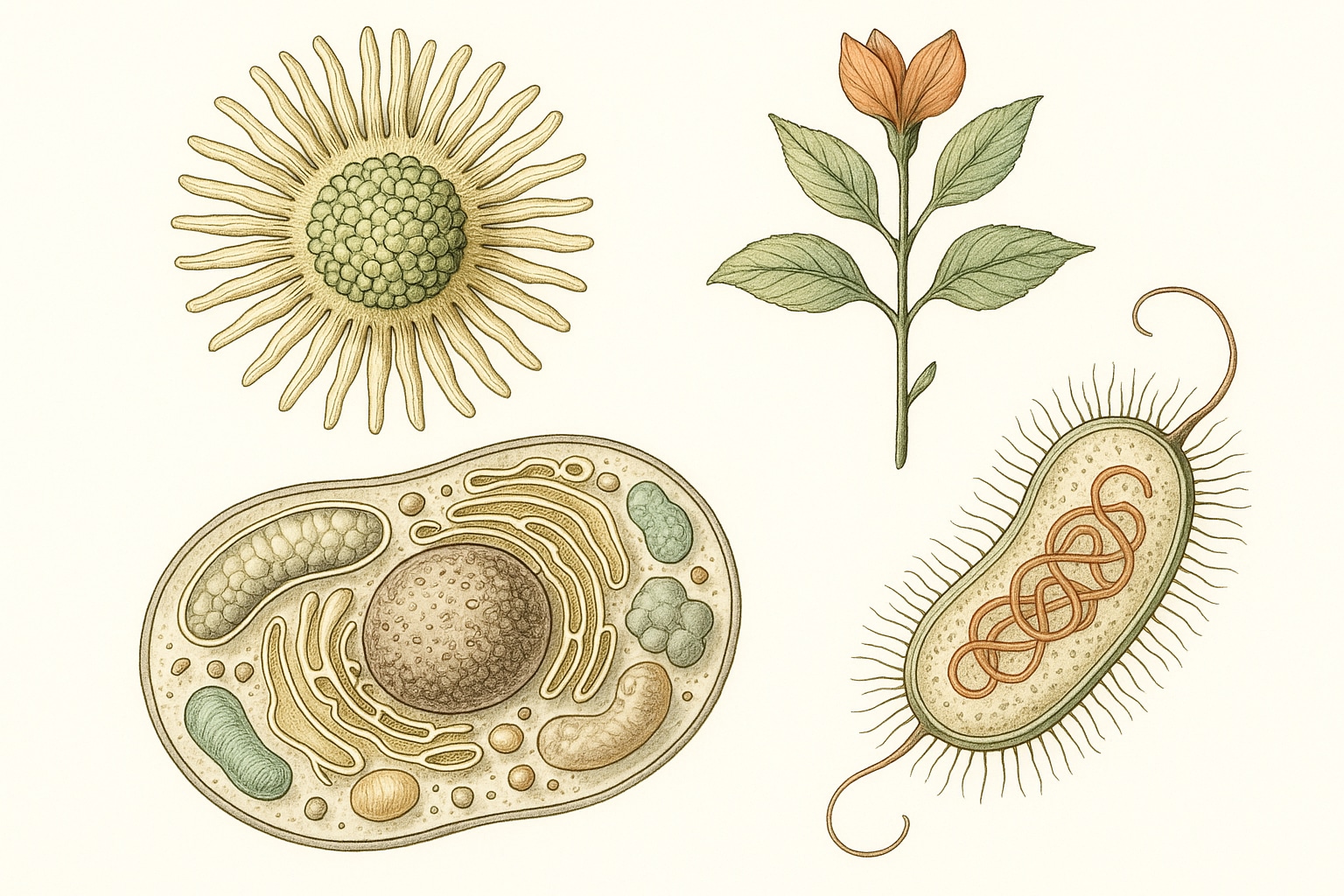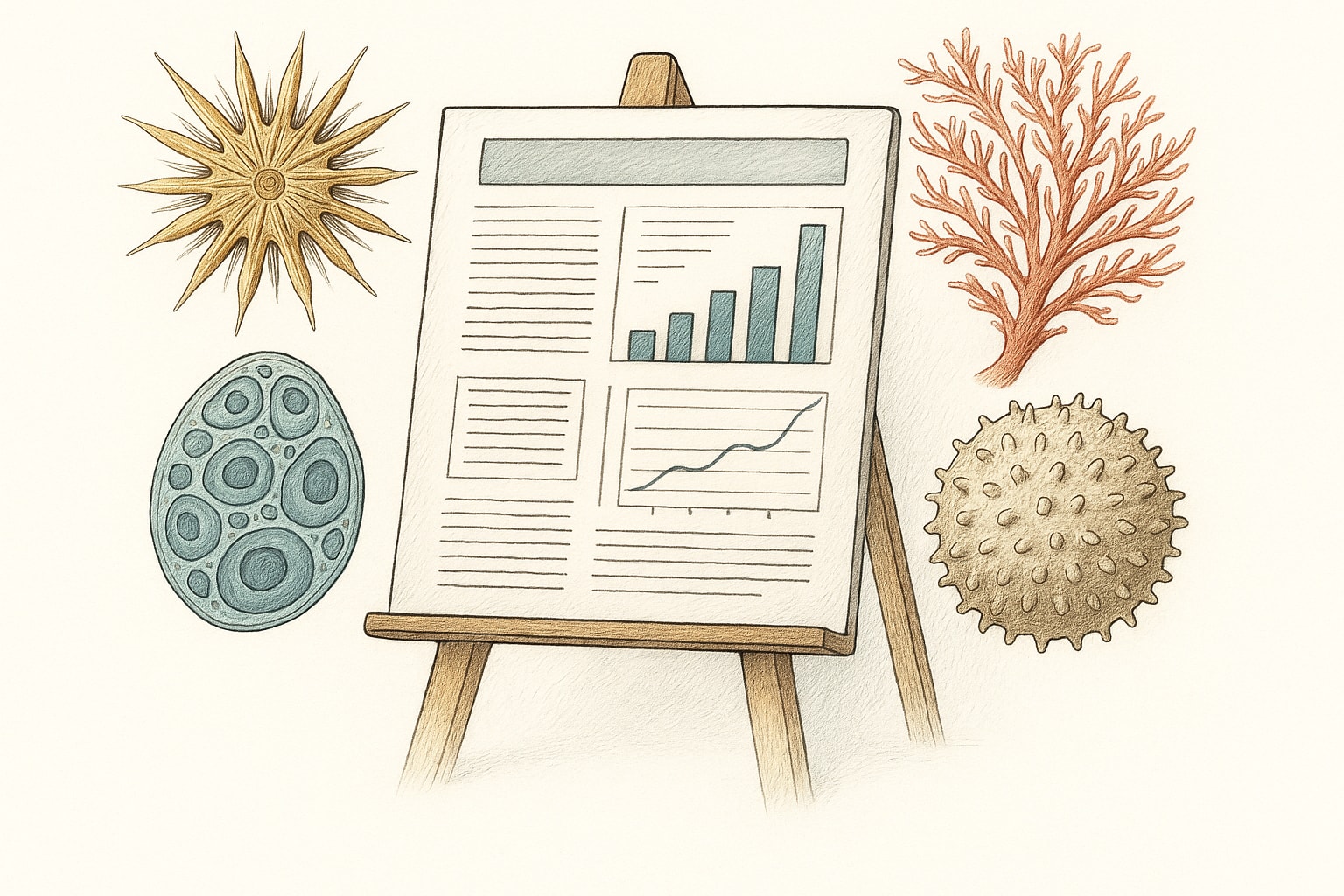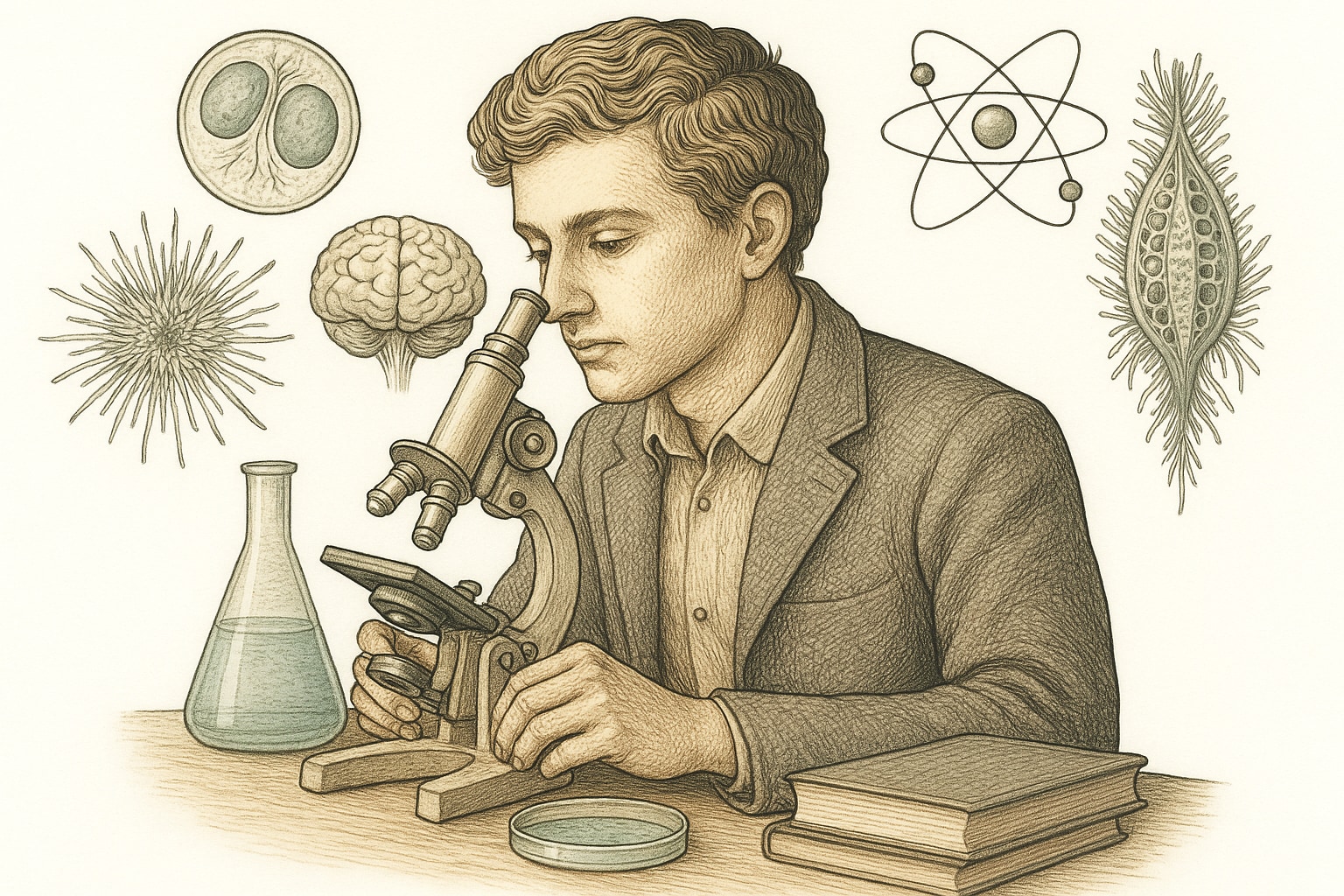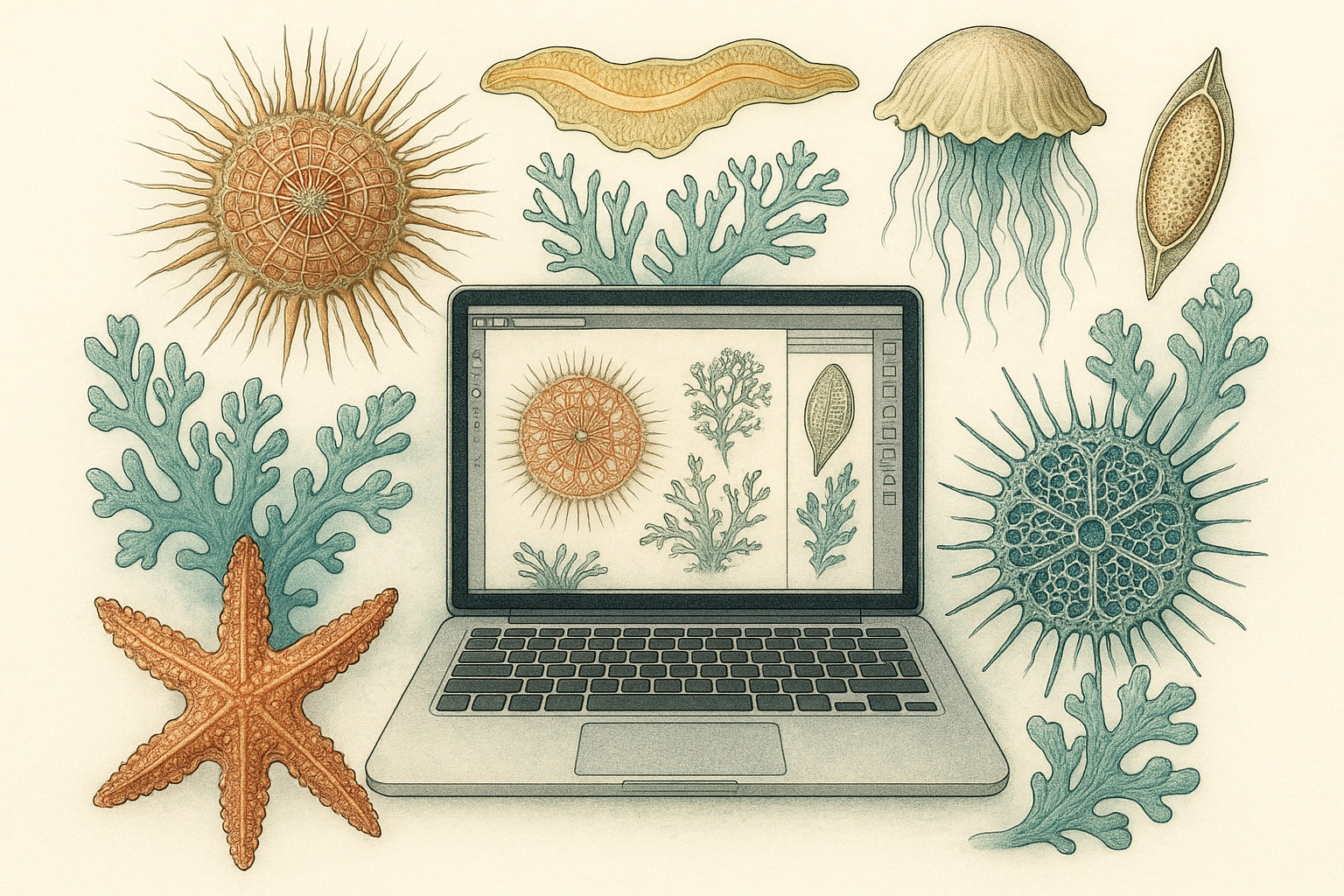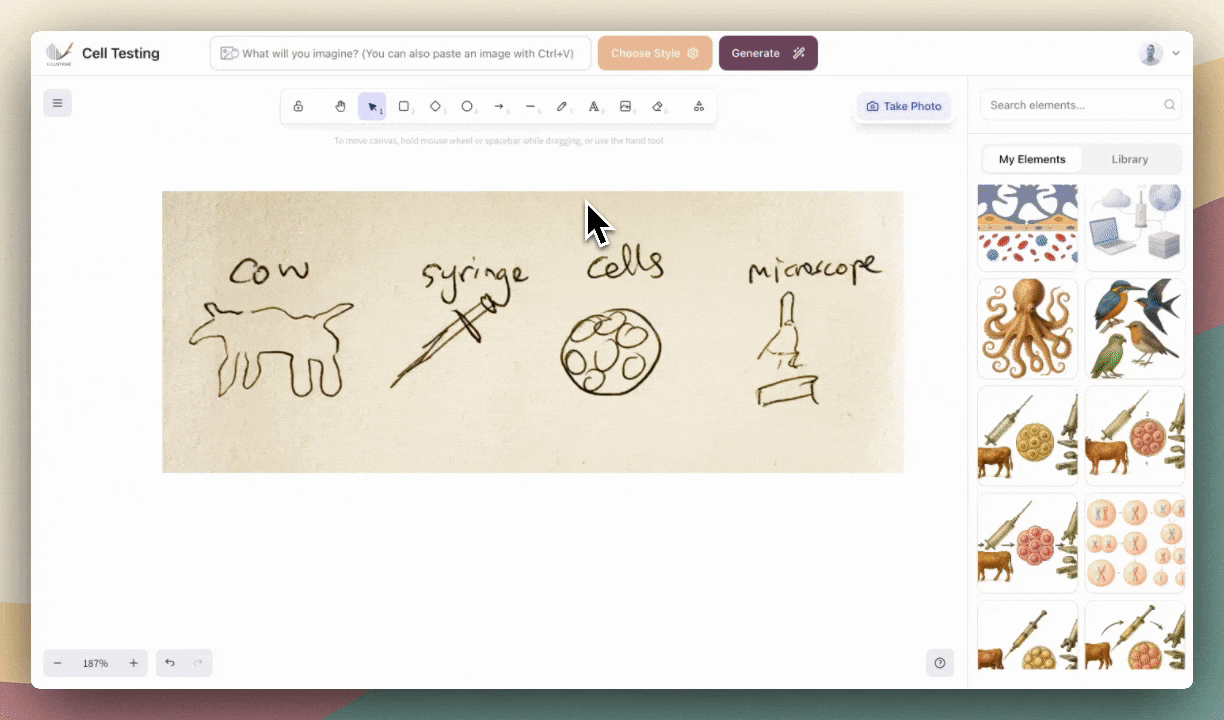When you need to turn your scientific ideas into clear, engaging visuals, choosing the right illustration platform matters. The landscape is quickly evolving, with artificial intelligence now playing a big role in making professional-quality scientific imagery more accessible. Illustrae stands out by enabling you to generate complex figures, diagrams, or concepts in less than a minute using just a text description, sketch, or photo. But it’s not the only option—there are several fantastic tools out there, each with its own strengths. In this guide, we’ll break down the top five BioRender alternatives for 2025, highlighting what makes each platform unique and how they can help you communicate science more effectively, whether you’re a student, educator, or seasoned researcher.
1. Illustrae: AI-Powered Scientific Illustration
Illustrae has quickly become a favorite among researchers and educators who want professional scientific illustrations—fast. Its secret weapon? Smart AI that takes the friction out of figure creation. Illustrae's AI imaging technology can generate custom scientific illustrations in under a minute based on text descriptions, sketches, or photos. This means you can simply describe the figure you need (“Show the steps of mitosis with labeled arrows,” “Create a diagram of a plant cell,” or “Visualize a protein-ligand interaction”) and get a detailed, accurate image ready to use in your publication, presentation, or lesson plan.
Here’s what makes Illustrae a top pick:
Intelligent Canvas: Enjoy an infinite workspace with intuitive editing tools like frames, arrows, textboxes, and live links—so you can organize your visuals exactly how you want them.
Custom Element Generation: Just type out what you need, upload a photo, or add a sketch, and Illustrae’s advanced imaging system will generate a bespoke illustration tailored to your description.
Prompt-Based Editing: Need to tweak something? Use the prompt bar for changes like “Make the cells pink” or “Add arrows and labels”—Illustrae’s AI will intelligently update your image in seconds.
Collaboration Tools: Share your canvas with co-authors, students, or colleagues and collect feedback—all in one place.
Illustrae is built for speed, flexibility, and accuracy. Its AI-driven approach is especially useful for researchers with tight deadlines or educators who need to create high-quality educational materials without spending hours in traditional graphic design programs. And because it’s designed specifically for science communication, you’ll find the tools and features you need for everything from molecular biology to ecology, medicine, and beyond. If you want to streamline your illustration workflow, Illustrae is the must-try platform for 2025. For more information, check out https://illustrae.co.
2. Mind the Graph: Extensive Icon Library
If your priority is having a huge range of ready-made scientific icons at your fingertips, Mind the Graph is a platform you’ll want to explore. It’s known for its vast collection of high-quality visual assets, perfect for building infographics, figures, and presentations—even if you don’t have a background in design. Mind the Graph offers over 75,000 scientific icons across more than 80 fields of science. That’s a massive library, whether you’re illustrating a molecular process, a clinical workflow, or a complex ecological system.
Why choose Mind the Graph?
Drag-and-Drop Simplicity: The interface is intuitive, so you can assemble your figures quickly without a steep learning curve.
Templates Galore: Access pre-built layouts that save you time and help you get started fast.
Collaboration Features: Share your work with collaborators or students for easy feedback and co-editing.
Mind the Graph offers both free and paid plans, making it accessible for students and researchers alike. The free version is great for occasional needs, while affordable subscriptions unlock more advanced features and higher resolution exports. Whether you’re making a figure for publication, teaching materials, or just want to upgrade your lab’s visual communication, Mind the Graph’s enormous icon library has you covered.
3. Chemix: Specialized Lab Diagrams
For anyone teaching or learning chemistry, drawing clear, accurate lab setups can be a headache—unless you’re using Chemix. This web-based tool is purpose-built for creating laboratory diagrams in a snap. Chemix is a free online tool designed for creating lab diagrams, accessible without any signup or download. That means you can hop on, start drawing, and export your diagram in just a few clicks—no registration or installation required.
What sets Chemix apart?
Comprehensive Lab Equipment Library: Easily find and add beakers, flasks, condensers, and all the apparatus you need for your experiment.
Custom Annotations: Label equipment, add color, or clarify each step of a process with a few clicks—perfect for reports or lesson plans.
Flexible Export: Download your diagrams as images or PDFs, ready to drop into assignments, presentations, or publications.
Chemix is a favorite among chemistry educators and students because it’s so streamlined—no distractions, just everything you need to illustrate an experimental setup. And because it’s browser-based, it works on practically any device, making it an ideal tool for classrooms, homework, or remote learning sessions.
4. Bioicons: Open-Source Scientific Icons
If you want complete control over your figures—maybe you’re building a custom infographic or supplementing a diagram you generated elsewhere—Bioicons is an excellent resource. Bioicons provides a library of over 2,700 free, open-source icons for scientific illustrations. Every icon is available in SVG format, so you can edit, scale, and recolor them to match your project’s branding or color scheme.
Here’s why Bioicons is so popular:
Open-Source Freedom: Use the icons in educational, academic, or even commercial projects with no licensing hassles.
Wide-Ranging Topics: Find icons for molecular biology, microbiology, ecology, environmental science, and more.
Easy Download and Integration: Grab individual icons or entire packs, then import them into your favorite design software, like Inkscape or Adobe Illustrator.
Bioicons is perfect for anyone who wants to build figures from scratch or add polish to existing illustrations. Its open licensing and compatibility with vector editors make it a flexible, go-to resource for science communicators at any level.
5. SciDraw: Free Scientific Drawings
When you need more than generic icons—think detailed animal drawings, realistic plant sketches, or complex scientific setups—SciDraw has you covered. SciDraw is a free repository offering high-quality drawings of animals, scientific setups, and more, all available under the Creative Commons 4.0 license. That means you can use, modify, and share these illustrations (even in published work) as long as you give proper credit.
SciDraw’s strengths include:
Detailed Biology and Ecology Art: Find realistic illustrations of animals and plants, ideal for textbooks, posters, and research figures.
Scientific Apparatus and Methods: Access artwork that makes it easy to create clear methods diagrams for your publications or classroom materials.
Constantly Updated Library: New illustrations are added regularly, so you’ll always have fresh visual material to work with.
SciDraw is especially popular among educators and outreach professionals who want to enrich their teaching materials without worrying about copyright. With its high-quality, permissively licensed artwork, it’s a fantastic resource for anyone looking to level up their scientific visuals.
Conclusion
Scientific illustration doesn’t have to be expensive or complicated. With top-notch tools like Illustrae, Mind the Graph, Chemix, Bioicons, and SciDraw, you have more options than ever to create stunning, accurate visuals—no matter your skill level or budget. Illustrae leads the way with AI-powered, prompt-based generation and editing, offering unprecedented speed and flexibility for researchers and educators alike. Whether you need a vast icon library, specialized lab diagrams, open-source artwork, or detailed scientific drawings, there’s a platform here to match your workflow. Try out Illustrae at https://illustrae.co or explore the other featured platforms, and bring your scientific stories to life with visuals that make an impact.

